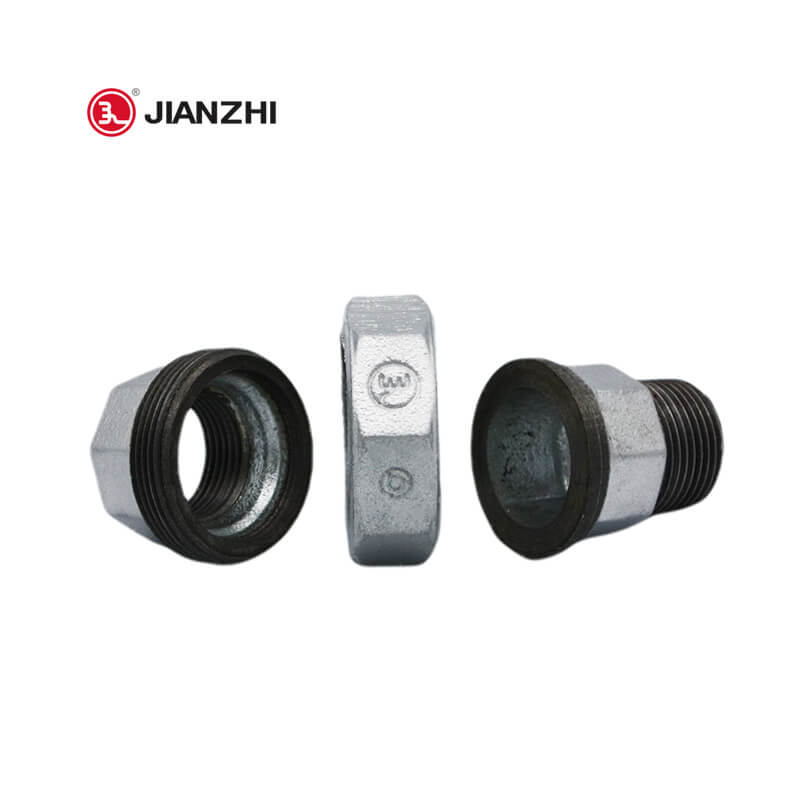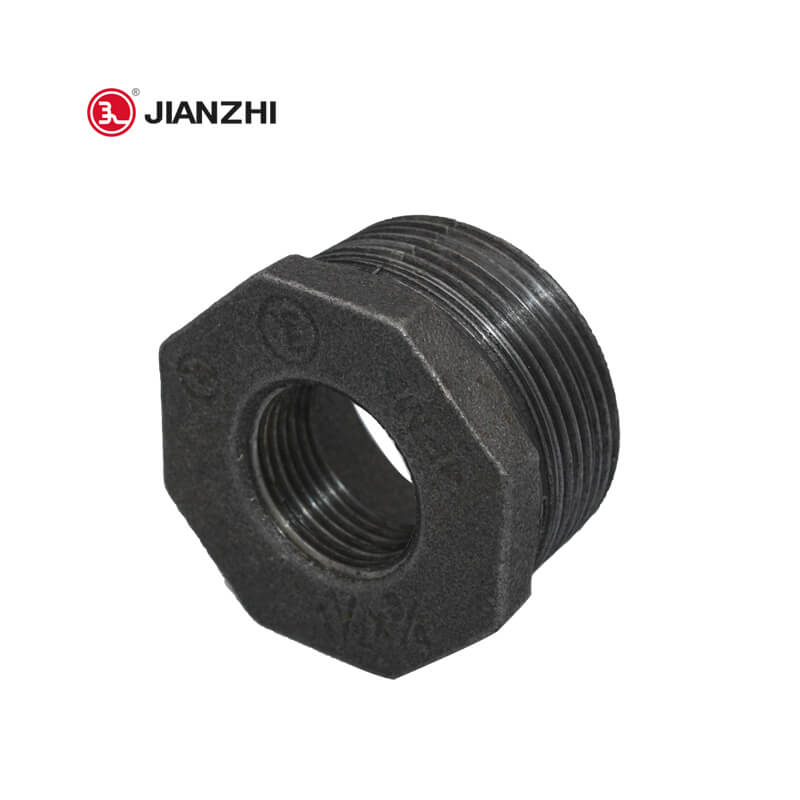
When it comes to pipes, there are many options from which to choose. Each one has pros and cons, so knowing what your choices are is important when considering repiping your home.
Water pipes are made from of different materials, such as copper, iron, polyethylene, and PVC, brass, galvanized, stainless steel, iron.
These types of pipes will deliver water from the street or a well directly to your home for the bath, kitchen, laundry, and outdoor irrigation. The pipes are buried beneath slabs of the home and consist of fittings, valves, and connections.
So, what shall it be? Copper, PVC, galvanized, PEX? Here are some of the more common plumbing pipes used today, and what they are suitable for. Knowing the difference between them can help you make an educated choice.
Copper Pipes (Metal)
Copper has been used in most plumbing systems since the ‘60s. Their durability and long lifespan make this type of piping an excellent choice. Copper pipes tolerate heat well and are corrosion resistant. Copper does not deteriorate in water, so it is safe to use for drinking water.
For all of its benefits, there is one significant drawback to copper piping, and that is the cost. Copper is the most expensive piping material. Copper piping is used for drinking water, refrigerant lines, and as underground service lines.
Other qualities of copper piping are:
Leak Resistant
Heat Tolerant
Durability
No risk of contaminating the drinking water
Old pipes can be recycled
Longer lifespan
Galvanized Steel (Metal)
Galvanized piping was commonly installed in homes built before 1960. When it was invented, the galvanized pipe was an alternative to lead pipes for water supply lines. However, exposure to water will cause galvanized pipes to corrode and rust on the inside. Up until the 1980s, you could find galvanized pipes in just about every dwelling.
Even today, you will find galvanized pipes in some older buildings and houses. However, modern homes do not install galvanized pipes because of corrosion and rust that can accumulate inside the pipes over time.
Additionally, corrosion inside galvanized pipes can trap small bits of lead. The only way to ensure that lead is not transferred from galvanized pipes to your tap water is to repipe the entire home with a different, better type of piping.
Homes that currently have galvanized piping should switch to another type. Today, galvanized pipes are used in water supply lines, outdoor and underground tubing.
Disadvantages of Galvanized Steel Pipes:
Very heavy
Internal rusting
Low water pressure
Potential logged water lines
Release lead into the tap water if corroded
Water is discolored
PEX Pipes (Plastic)
Cross-linked polyethylene (PEX) is a flexible plastic that is used to replace traditional copper and galvanized pipes. Used mostly used as a replacement for water service lines, they have many other benefits as well, including:
Safe, long-term reliability
Corrosion resistant
Chlorine resistant
Flexibility
Freeze-resistant
Lightweight
Because it is flexible, PEX piping can be snaked through a house and bent around sharp corners. It does not require glue and can endure frigid cold temperatures.
Stainless Steel Pipes
Stainless steel is corrosion resistant. They are ductile, can handle high flow rates, and are not hard to bend and cut. More importantly, the biochemical structure of stainless steel offers the best hygiene, making it a better choice for drinking water.
They require little maintenance, are environmentally sound and can last up to fifty years. Stainless steel pipes are easy to install, perform better and can provide pure water. They are also fully recyclable and consequently better for the planet.
Brass Pipes
Brass has been around for a while. Brass piping is resistant to corrosion and is a soft metal, making it much easier to install. As a soft metal, it allows the technician to form a strong seal. It has many of the benefits as copper, including providing safe drinking water.
Lead is an issue with brass pipes. For this reason, many plumbers use lead-free brass pipes. Brass pipes have many uses, including water supply lines, waste removal drains and gas lines.
CPVC Pipes
Chlorinated polyvinyl chloride (CPVC) is a thermoplastic pipe and fitting material used for drinkable water administration, fire suppression, and corrosive fluid treatment.
The chlorine content CPVC is modified by a free radical chlorination reaction that increases its chlorine content. CPVC is also easily molded into many of the same products as PVC and it can withstand a wider range of temperatures.
Many building codes mandate the use of CPVC for use with hot water. Before you go out and buy CPVC piping, make sure you know what you will be using it for and what size system you need.

Cast Iron Pipes
Cast iron pipes are often used for storm drains and sewage over PVC and other pipes. A cast iron pipe is great for garbage disposals because it can resist grinding and abrasions. Cast iron is remarkably long-lasting but extremely heavy.
Copyright:@2020-2021
Comments Please sign in or sign up to post.
0
0 of 500 characters used